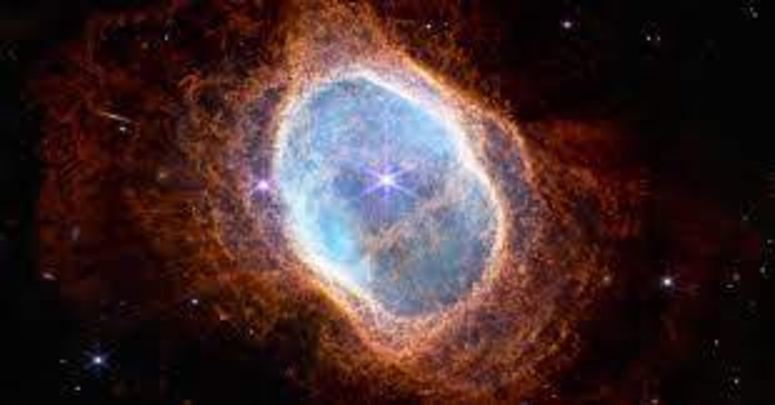Scientists: Monitoring huge “suns” since the dawn of time

Using data from the James Webb Space Telescope, a team of theoretical astrophysicists has suggested that three suns or galaxies named "JADES-GS-z13-0, JADES-GS-z12-0, and JADES-GS-z11-0" have been detected. Spotted lurking in the darkness of the cosmic dawn, it could be powered by collisions between particles made not of ordinary stellar matter but of a mysterious material known as "dark matter".
According to Cosmin Lee and Gillian Paulin of the University of Colgate, and Catherine Friese of the University of Texas at Austin, this model can help us understand the nature of dark matter and explain the source of supermassive black holes. There are many gaps in our knowledge of the universe, and dark stars can fill in a number of them. They stated, “There is dark matter that we don’t know what it is, but we do know that there is much more than ordinary matter that makes up pretty much everything we can see, from galaxies and black holes to ants and biscuits. We know this because we see its gravitational effects as if there were only masses." They added, “We didn’t actually see the first stars that burned up in the universe. But we've seen evidence of that. Then there are the supermassive black holes around which galaxies revolve. We do not know how these objects, which have a mass of millions to billions of times the mass of the sun, become so huge. But since it began operations in July 2022, the James Webb Telescope has identified a large number of massive galaxies in the early universe. How did these galaxies become so big in such a short time since the Big Bang? This is the puzzle,” according to what was reported by the “Science Alert” scientific website, according to the Proceedings of the National Academy of Sciences.
According to Ely and his colleagues, "Dark stars provide an acceptable solution. We know what normal stars are (giant balls of mostly hydrogen and helium with very hot, compressed cores where atoms smash together in nuclear fusion that generates heat and light).” And they continued, “Dark matter stars would support the idea of annihilating dark matter instead. Because one of the theories of dark matter is that it is self-annihilating; When two particles of dark matter collide, they obliterate each other in a burst of heat and light. There would have been a lot of dark matter in the early universe under this model. It also would have created blobs in the mass range of a million suns, annihilating themselves in a furnace of radiant heat with the brightness of a billion suns and suns.”
JADES-GS-z13-0, JADES-GS-z12-0, and JADES-GS-z11-0, dating hundreds of millions of years after the Big Bang, fit the expected properties of such objects. Over time, such stars will collapse into supermassive black holes. Which explains why we don't see them anymore and why we see so many supermassive black holes.
Scientists wonder, though, that stars as old as the universe itself can be found even in our own galaxy. If dark stars do exist, first-generation stars still exist. But it looks completely different. It is highly theoretical and not yet verified and may require more detailed observations.
According to the team's calculations, "dark stars and early galaxies will have different helium signatures, and we can tell them apart by seeing these signatures." However, Webb is currently the most powerful space telescope ever built. Obtaining this information may require waiting for future telescopes.
Source: websites

